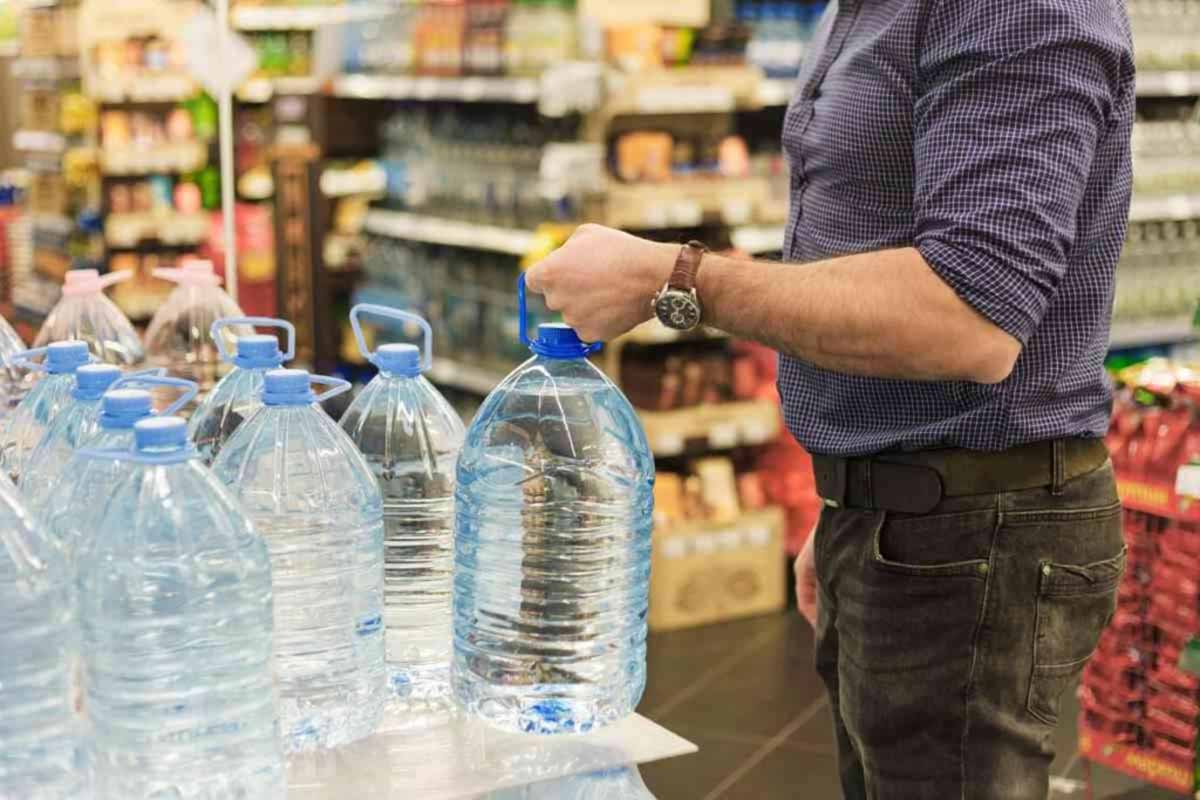

Articles
How To Store Water For Long Periods Of Time
Modified: January 19, 2024
Discover effective techniques for storing water for extended periods of time in this informative article. Learn how to ensure the freshness and safety of your stored water supply.
(Many of the links in this article redirect to a specific reviewed product. Your purchase of these products through affiliate links helps to generate commission for Storables.com, at no extra cost. Learn more)
Introduction
In times of emergencies or natural disasters, having access to clean and safe water is crucial for survival. However, water sources can become contaminated or unavailable during such situations, making it essential to store water for long periods.
Storing water properly ensures that you and your loved ones have an adequate supply of drinking water until the situation improves. Whether you live in an area prone to hurricanes, earthquakes, or simply want to be prepared for any unexpected event, knowing how to store water is a valuable skill.
In this article, we will explore the importance of storing water, factors to consider before storing, different containers for water storage, techniques for long-term water preservation, and tips for maintaining stored water effectively.
By understanding the best practices for storing water, you can be prepared for emergencies and have peace of mind knowing that you have a reliable water supply.
Key Takeaways:
- Properly storing water is essential for emergency preparedness, ensuring access to safe drinking water during crises. Consider factors like water quality, container selection, and regular maintenance to maintain a reliable water supply.
- By using food-grade containers, preparing water correctly, and implementing rotation and maintenance practices, you can ensure a fresh and safe water supply for long-term storage. Stay informed and proactive in storing water to prioritize health and well-being.
Read more: How To Store Shoes For Long Periods Of Time
Importance of Storing Water
Water is a fundamental resource necessary for our survival. It is essential for drinking, cooking, personal hygiene, and maintaining overall health. In emergency situations, access to clean water may become limited, making it vital to store water in advance.
1. Emergency Preparedness: Storing water is an essential part of emergency preparedness. During natural disasters or other emergencies, water supplies can become contaminated or disrupted. Having stored water ensures that you have a safe and clean water source readily available.
2. Water Shortages: In some areas, water shortages can occur due to droughts or infrastructure issues. By having a supply of stored water, you can cope with these situations and avoid potential hardships.
3. Peace of Mind: Knowing that you have a sufficient water supply in times of need provides peace of mind. It allows you to focus on other aspects of your emergency preparedness plan, knowing that you have taken care of one of the most critical resources.
4. Protection Against Contamination: During emergencies, water sources can become contaminated with pollutants, chemicals, or bacteria. Storing water in clean containers ensures that you have access to safe drinking water, reducing the risk of waterborne illnesses.
5. Non-Emergency Situations: Storing water is not limited to emergency situations alone. It can also be beneficial in everyday scenarios such as power outages, water main breaks, or when traveling to remote areas with limited water access.
6. Self-Sufficiency: Storing water allows you to become more self-sufficient and less reliant on external sources. It gives you the ability to take care of yourself and your family during challenging times without having to rely solely on public water supplies.
7. Helping Others: Aside from your personal needs, having a stored water supply can allow you to help others in need. You can provide water to family, friends, or neighbors who may not have made adequate preparations.
By recognizing the importance of storing water, you can take the necessary steps to ensure you and your loved ones have a sufficient supply of safe drinking water in any situation.
Factors to Consider Before Storing Water
Before you start storing water for long periods, there are several important factors to consider. Taking these factors into account will ensure that your stored water remains safe and usable when you need it most.
1. Water Quality: The quality of the water you store is crucial. Make sure you start with clean, potable water from a reliable source. If you are unsure about the water quality, consider using a water filter or purifier before storing it.
2. Containers: Choosing the right containers to store water is essential. Use food-grade containers that are specifically designed for long-term water storage. These containers should be opaque or tinted to block out light and prevent algae growth. Ensure that the containers are made from materials that are safe for water storage, such as high-density polyethylene (HDPE) or polypropylene (PP).
3. Capacity: Determine how much water you need to store based on the number of people in your household and the duration of potential water shortages. The general guideline is to store at least one gallon of water per person per day for a minimum of three days. However, it is recommended to store more if the situation allows.
4. Location: Find a suitable location to store your water containers. It should be cool, dry, and away from direct sunlight. Avoid areas near chemicals, gasoline, or other substances that could potentially contaminate the water.
5. Rotation: Regularly rotate your stored water to ensure its freshness. Water stored for an extended period should be replaced every six months to a year. Create a system to keep track of the expiration dates, and always use the oldest water first.
6. Labeling: Properly label your stored water containers with the date of storage and expiration to facilitate organized rotation. This helps you keep track of the freshness of the water and ensures that you are using the oldest water first.
7. Stability: Ensure that the containers are stable and placed on a secure surface to avoid accidental spills or damage. Consider using shelves or racks to keep the containers organized and prevent them from tipping over.
8. Treatment: If you are using water from an untreated source, it is recommended to treat it with water purification tablets or liquid chlorine bleach as per the instructions provided by the manufacturer. This will eliminate any potential pathogens and make the water safe for storage.
By considering these factors and taking the necessary precautions, you can ensure that your stored water remains clean, safe, and available for use in emergency situations. Remember to regularly check and maintain your water storage to ensure its reliability when needed.
Containers for Storing Water
Choosing the right containers for storing water is crucial to maintain its quality and safety over extended periods. Here are some commonly used containers that are suitable for long-term water storage:
1. Food-Grade Plastic Containers: Look for containers made from high-density polyethylene (HDPE) or polypropylene (PP) that are specifically designated as food-grade and safe for storage. These containers are durable, lightweight, and resistant to chemicals. They come in various sizes, ranging from small bottles to larger jugs and barrels.
2. Water Storage Barrels: Large water storage barrels, typically made from food-grade plastic, are an excellent option for long-term water storage. They come in sizes ranging from 30 to 55 gallons and are designed with built-in handles for easy transportation. Some barrels are even equipped with spigots for convenient access to the stored water.
3. Water Storage Bags: Water storage bags are flexible, collapsible containers made from food-grade materials. They are available in different capacities, ranging from several gallons to larger sizes. Water storage bags are compact, easy to store, and ideal for situations where space is limited.
4. Glass Containers: Glass containers are another option for water storage, particularly for shorter-term storage or smaller quantities. Glass is non-permeable and non-reactive, ensuring that the water’s taste and quality remain unchanged. However, glass can be heavy and prone to breakage, so handle with care.
5. Steel or Aluminum Containers: Stainless steel or aluminum containers are an option for long-term water storage, particularly for outdoor use or in rugged environments. These containers are durable, resistant to corrosion, and provide excellent protection against light and oxygen. Ensure that the containers are lined with food-grade materials to prevent any reactions between the water and the metal.
6. Water Cooler Jugs: Water cooler jugs, designed for dispensing water, can also be used for storing water. They typically have a tap or spigot for easy access and come in various sizes. Ensure that the jugs are made from food-grade materials and are tightly sealed to prevent contamination.
7. Repurposed Containers: In a pinch, you can repurpose containers such as clean beverage bottles, juice jugs, or milk cartons for short-term water storage. Ensure that these containers are thoroughly cleaned and sanitized before use and avoid using containers made of materials that may leach contaminants into the water.
When selecting containers for storing water, pay attention to their durability, portability, and resistance to light and contamination. It is also important to ensure that the containers are properly sealed to prevent any water loss or contamination. Regularly inspect the containers for any signs of damage or deterioration and replace them if necessary. By choosing the right containers, you can effectively store water for long periods and have a reliable water source in times of need.
Store water in clean, airtight containers made of food-grade plastic or glass. Keep them in a cool, dark place away from direct sunlight to prevent bacterial growth and algae formation. Rotate and replace stored water every 6-12 months to ensure freshness.
Preparing Water for Storage
Before storing water for long periods, it is important to properly prepare it to ensure its quality and safety. Follow these steps to prepare water for storage:
1. Source Selection: Start with a clean and reliable water source. If possible, use tap water that has been treated by a municipal water treatment facility. If using well water, ensure it has been tested for contaminants and treated, if necessary. Avoid using water from questionable sources such as rivers, lakes, or ponds, unless it has been properly treated and purified.
2. Filtration: If the water is not already clear, it is recommended to filter it to remove any sediments or particles. Use a water filter designed for this purpose, such as a gravity filter or a portable water purifier. Follow the manufacturer’s instructions for proper use and ensure that you are using a filter certified to remove bacteria and protozoa.
3. Purification: To eliminate any potential pathogens and ensure the water is safe for storage, it is important to treat it with a suitable water purification method. There are several options available, including using water purification tablets or liquid chlorine bleach. Follow the instructions provided by the manufacturer for the correct dosage and contact time. After treatment, the water should have a slight chlorine smell, indicating that it is properly disinfected.
4. Container Cleaning: Thoroughly clean the containers you will be using to store water. Wash them with mild dish soap and warm water, and rinse them thoroughly to remove any soap residue. Be sure to clean the lids or caps as well. Sanitize the containers by soaking them in a mixture of 1 teaspoon of unscented liquid chlorine bleach per gallon of water. Allow the containers to sit for a few minutes, then rinse them thoroughly with clean water.
5. Filling the Containers: Fill the containers with the prepared and treated water, leaving about an inch of headspace at the top. This allows for expansion if the water freezes. Avoid touching the inside of the containers or the rims to maintain cleanliness and prevent contamination.
6. Sealing: Ensure that the containers are tightly sealed to prevent any air or contaminants from entering. Use the appropriate caps or lids provided with the containers and ensure they are properly secured. For larger water storage barrels, use a bung wrench or similar tool to tighten the caps securely.
7. Labeling: Label each container with the date of storage and any additional information, such as the water treatment method used. This helps you keep track of the freshness of the water and facilitates proper rotation.
Remember to store the prepared water in a cool, dry place away from direct sunlight and chemicals. Regularly inspect the containers for any signs of damage or leakage and replace them if needed. By taking these steps to prepare water for storage, you can ensure that it remains safe and usable for an extended period, giving you peace of mind during emergencies or situations where water access is limited.
Techniques for Long-Term Water Storage
When it comes to long-term water storage, there are several techniques that can help preserve the quality and longevity of stored water. Consider these methods to ensure your water remains safe for an extended period:
1. Use Properly Sealed Containers: Store water in containers that are designed for long-term water storage. Choose containers made of food-grade materials and ensure they have airtight caps or lids to prevent air, contaminants, and pests from entering.
2. Store in a Cool and Dark Place: Optimal storage conditions involve a cool and dark location. Exposure to sunlight and heat can affect the quality of the water and promote bacterial growth. Find a cool area in your home or consider using a basement or underground storage area, if available.
3. Avoid Temperature Fluctuations: While it’s not always possible to control temperature variations, try to store water in a location with stable temperatures. Extreme temperature fluctuations can affect the integrity of the containers and potentially compromise the quality of the water.
4. Protect from Freezing: If you live in a region with freezing temperatures, it’s important to protect your stored water from freezing. Containers may crack or burst when the water inside freezes. Ensure that the storage area is insulated and above freezing temperatures. If necessary, you can rotate and use the stored water during colder months to prevent freezing.
5. Prevent Contamination: Keep stored water safe from contamination by avoiding direct contact between the water and unclean surfaces. Pour water from the containers to a clean cup or container for consumption or use. Wash your hands properly before accessing the stored water, and use clean utensils when handling the water.
6. Regularly Inspect and Replace Containers: Regularly inspect the containers for any signs of damage, leakage, or deterioration. Replace damaged or compromised containers as needed. Performing periodic checks will ensure that your stored water remains secure and viable for long-term use.
7. Consider Water Treatments: If you plan to store water for an extended period, it may be beneficial to treat the water with a preservative or stabilizer. Water preservatives can help prevent the growth of bacteria, algae, and other microorganisms that can compromise water quality. Follow the manufacturer’s instructions for proper dosage and treatment.
8. Implement a Rotation System: Establish a rotation system to use and replenish your water storage regularly. This helps ensure that you are regularly consuming and replacing the oldest stored water, maintaining a fresh supply. Use and replace stored water every six months to a year.
9. Consider Water Filtration Systems: In addition to stored water, consider investing in water filtration systems for additional backup. Filtration systems can provide an added layer of protection by removing contaminants in case of prolonged emergencies or situations where water quality may be compromised.
By following these techniques, you can effectively store water for long periods while maintaining its quality and safety. Regular maintenance, proper storage conditions, and a reliable rotation system are key to preserving and utilizing an emergency water supply when needed.
Rotating and Maintaining Stored Water
Properly maintaining your stored water is crucial to ensure its freshness, quality, and usability over time. Here are some important tips for rotating and maintaining your stored water:
1. Create a Rotation Schedule: Establish a rotation schedule to ensure that your stored water remains fresh. Set reminders to use and replace the oldest water in your storage containers regularly. The general recommendation is to rotate and replenish your water supply every six months to a year.
2. Use the Oldest Water First: When it’s time to replenish your stored water, make sure to use the oldest water first. This practice ensures that you are consistently consuming the water with the earliest expiration or storage date, maintaining a fresh supply.
3. Inspect Containers Regularly: Perform routine inspections of your water storage containers. Check for any signs of damage, leakage, or deterioration. Replace containers that are compromised as they may lead to contamination or loss of water.
4. Clean Containers Before Refilling: Before refilling your water storage containers, thoroughly clean them to remove any residue or impurities. Use mild dish soap and warm water, and rinse them thoroughly to eliminate any soap residue. Proper cleaning helps maintain the purity of the stored water.
5. Sanitize Containers: Periodically sanitize your storage containers to ensure they remain clean and free of microorganisms. You can use a solution of 1 teaspoon of unscented liquid chlorine bleach mixed with a gallon of water. Allow the containers to sit for a few minutes, then rinse them thoroughly with clean water.
6. Keep Containers Sealed: Ensure that all water storage containers are tightly sealed to prevent air, contaminants, and pests from entering. Proper sealing helps maintain the freshness and cleanliness of the water. Check and replace any damaged or improperly sealed lids or caps.
7. Label Containers: Label each water storage container with the date of storage and any additional information. This helps you keep track of the age and rotation schedule of the water. Use waterproof and permanent markers or labels to prevent the ink from smudging.
8. Store in a Cool and Dark Place: Continue to store your water containers in a cool and dark place away from direct sunlight. Exposure to light and high temperatures can degrade water quality and promote the growth of algae and bacteria. Maintain a stable storage environment to prevent potential degradation.
9. Check Water Quality: Before consuming or using the stored water, perform periodic checks to ensure its quality. Assess the color, odor, and taste of the water. If there are any noticeable changes or signs of contamination, do not use it and replace the water immediately.
10. Stay Informed: Stay informed about best practices for water storage and emergency preparedness. Stay up to date with local guidelines and recommendations to ensure you are following the latest protocols for maintaining stored water.
By implementing these tips, you can ensure that your stored water remains fresh, safe, and suitable for consumption throughout its storage period. Regular rotation, proper maintenance, and attention to container quality will provide you with a reliable emergency water supply.
Conclusion
Storing water for long periods is a crucial aspect of emergency preparedness. Having access to clean and safe drinking water during times of crisis ensures the well-being and survival of you and your loved ones. By considering the importance of storing water, factors to consider before storage, and techniques for long-term storage, you can effectively prepare for unexpected events and ensure a reliable water supply.
Remember that selecting the right containers, preparing the water properly, and maintaining the stored water are essential components of successful long-term water storage. By using food-grade containers, treating and purifying the water, and implementing proper rotation and maintenance practices, you can ensure that your stored water remains safe, fresh, and usable over time.
Regularly inspecting the containers, replacing any damaged ones, and creating a rotation schedule will help you stay organized and prioritize the use of the oldest water. Keeping the stored water in a cool and dark place, protecting it from freezing, and preventing contamination are crucial to maintain its integrity and quality.
By following these guidelines and staying informed about the best practices for water storage, you can have peace of mind knowing that you have a reliable source of clean water in times of need. Being prepared and proactive in storing water is a responsible step towards ensuring the health and well-being of yourself, your family, and those around you.
Don’t wait until an emergency strikes to start storing water. Start now and make it a priority to build and maintain your emergency water supply. With the knowledge and awareness provided in this article, you are well-equipped to handle unexpected situations and ensure a continuous and safe water supply for you and your loved ones.
Frequently Asked Questions about How To Store Water For Long Periods Of Time
Was this page helpful?
At Storables.com, we guarantee accurate and reliable information. Our content, validated by Expert Board Contributors, is crafted following stringent Editorial Policies. We're committed to providing you with well-researched, expert-backed insights for all your informational needs.
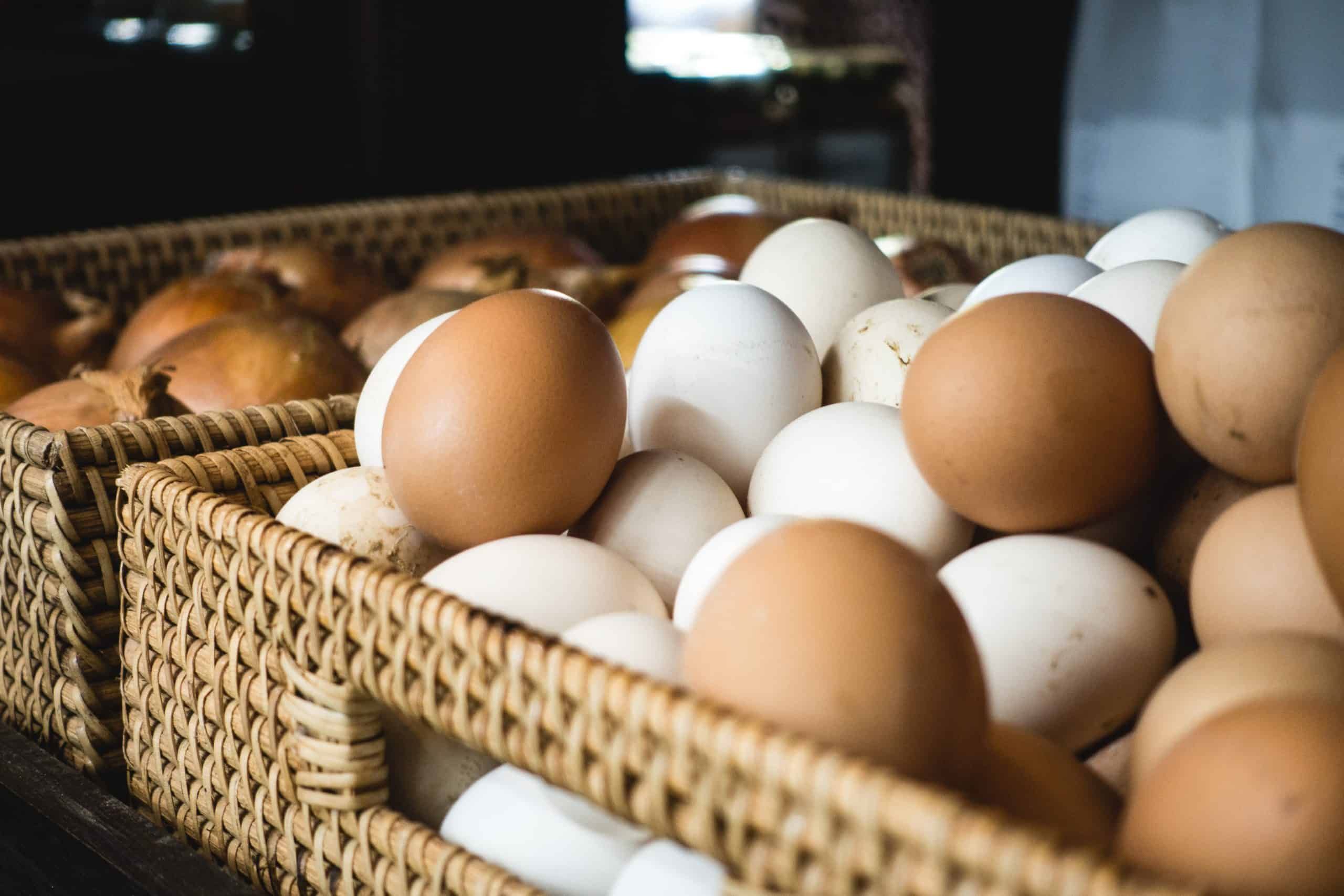
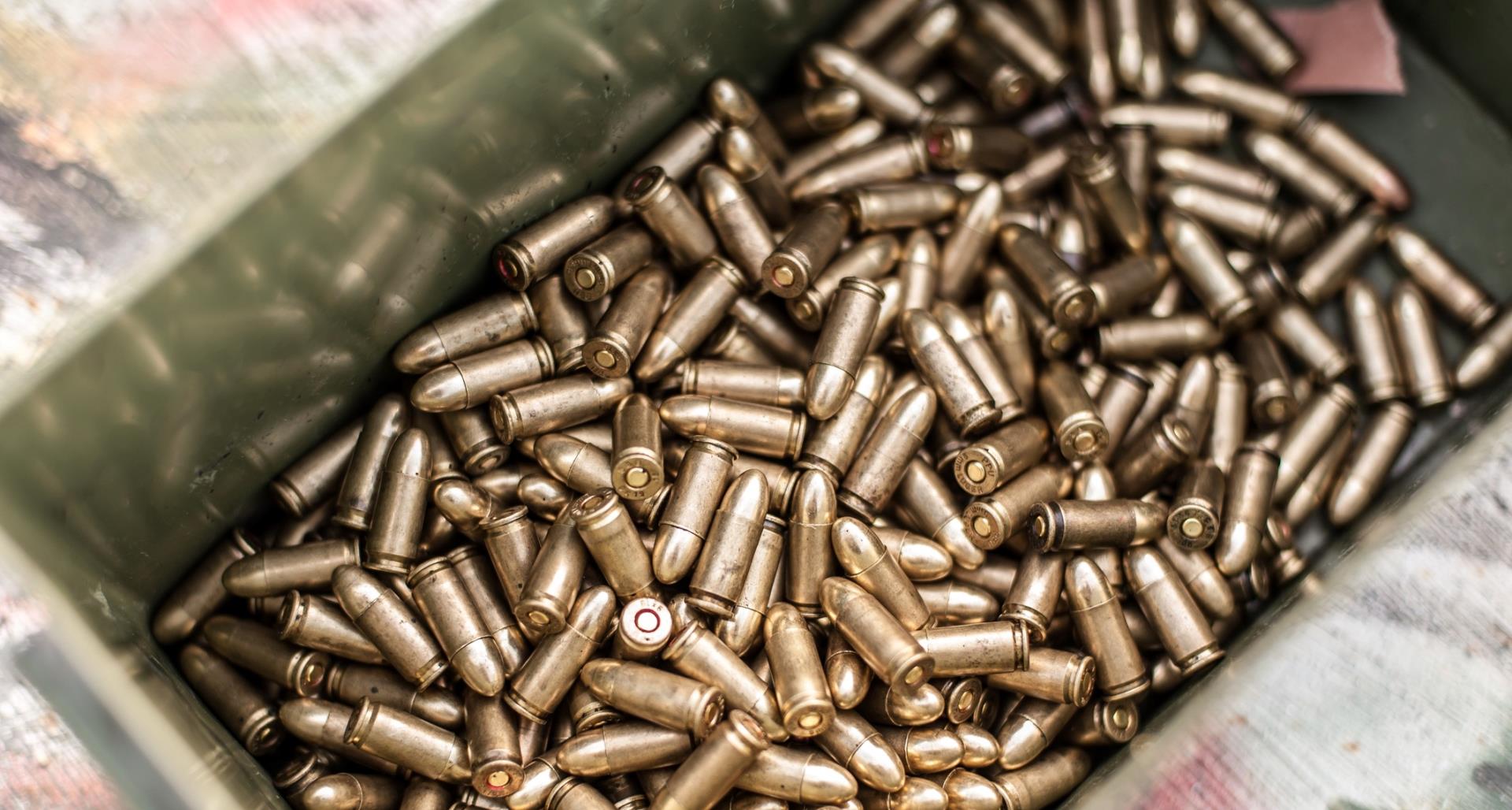

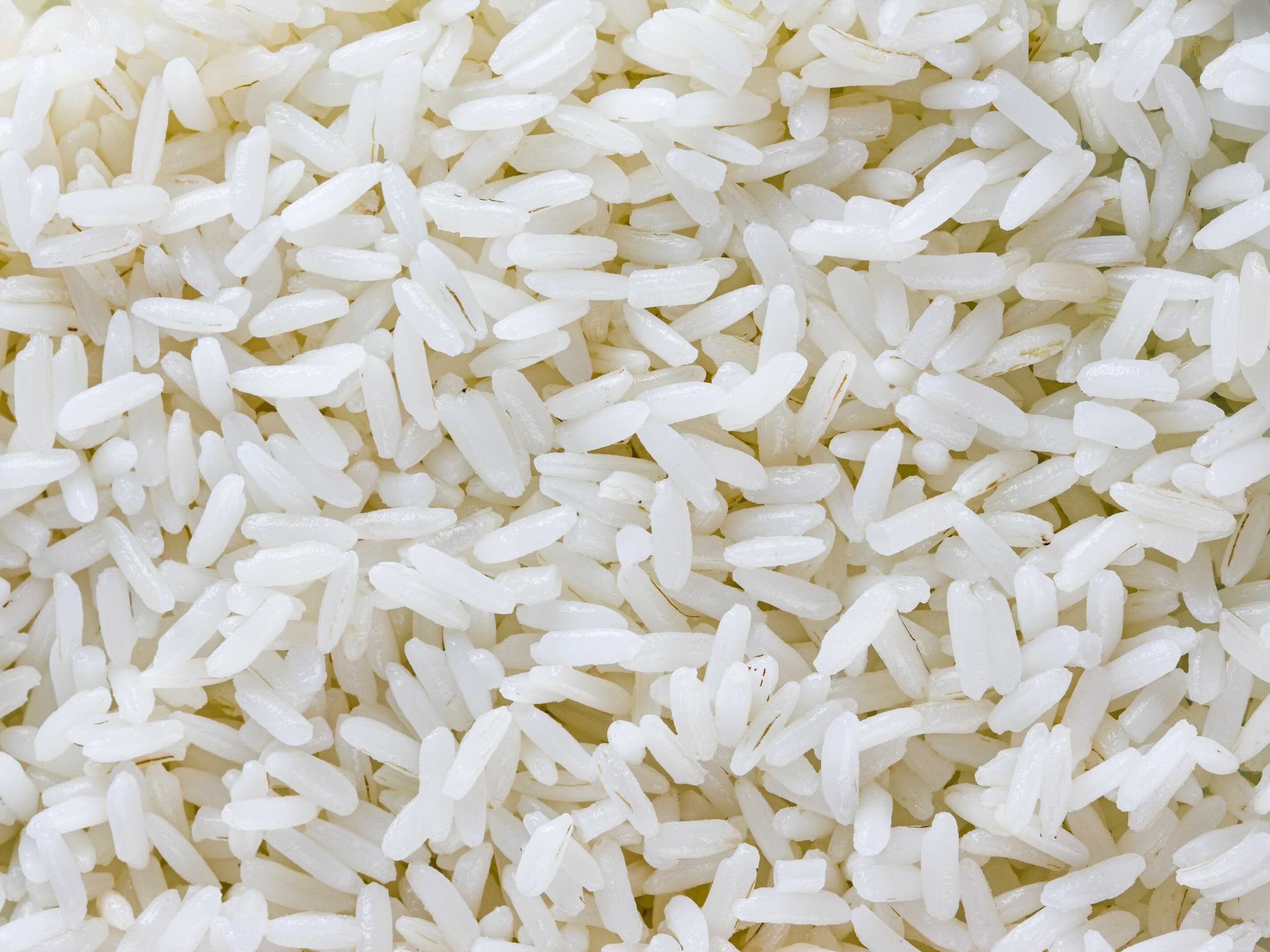

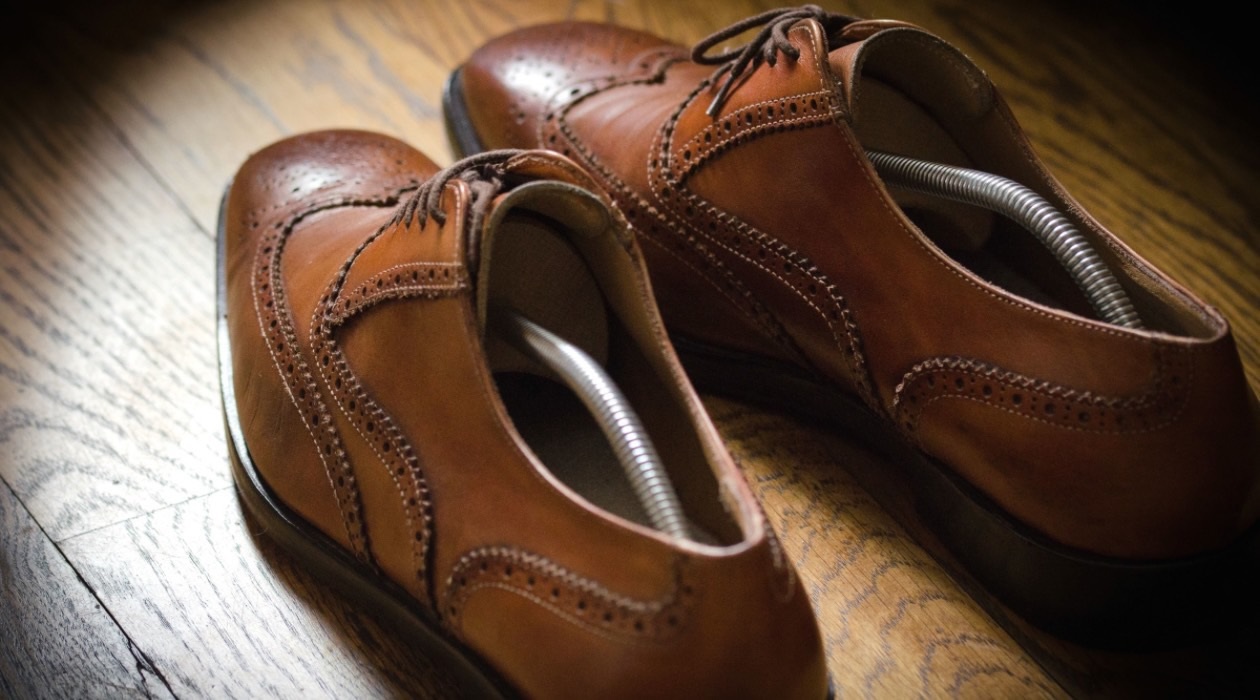
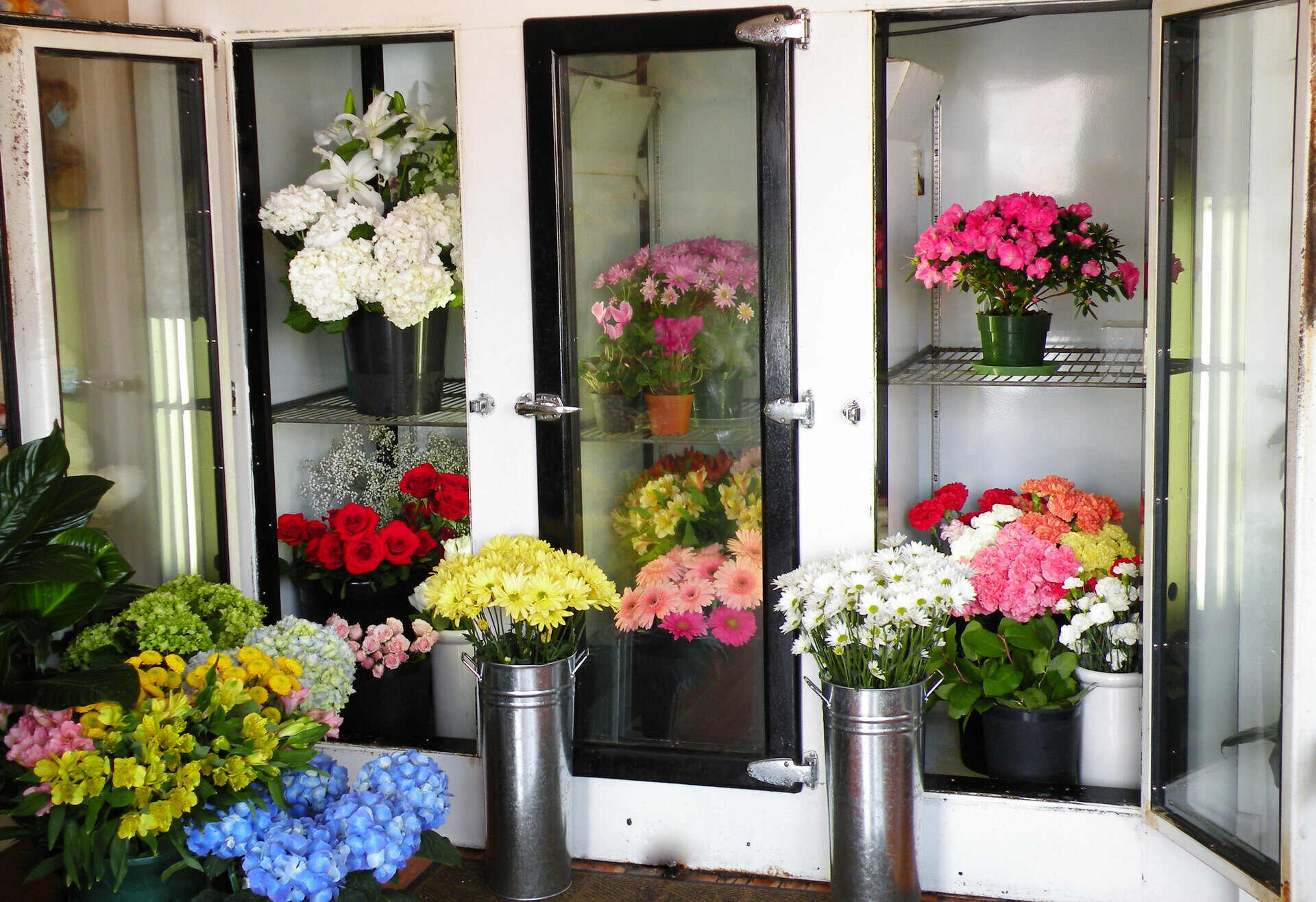
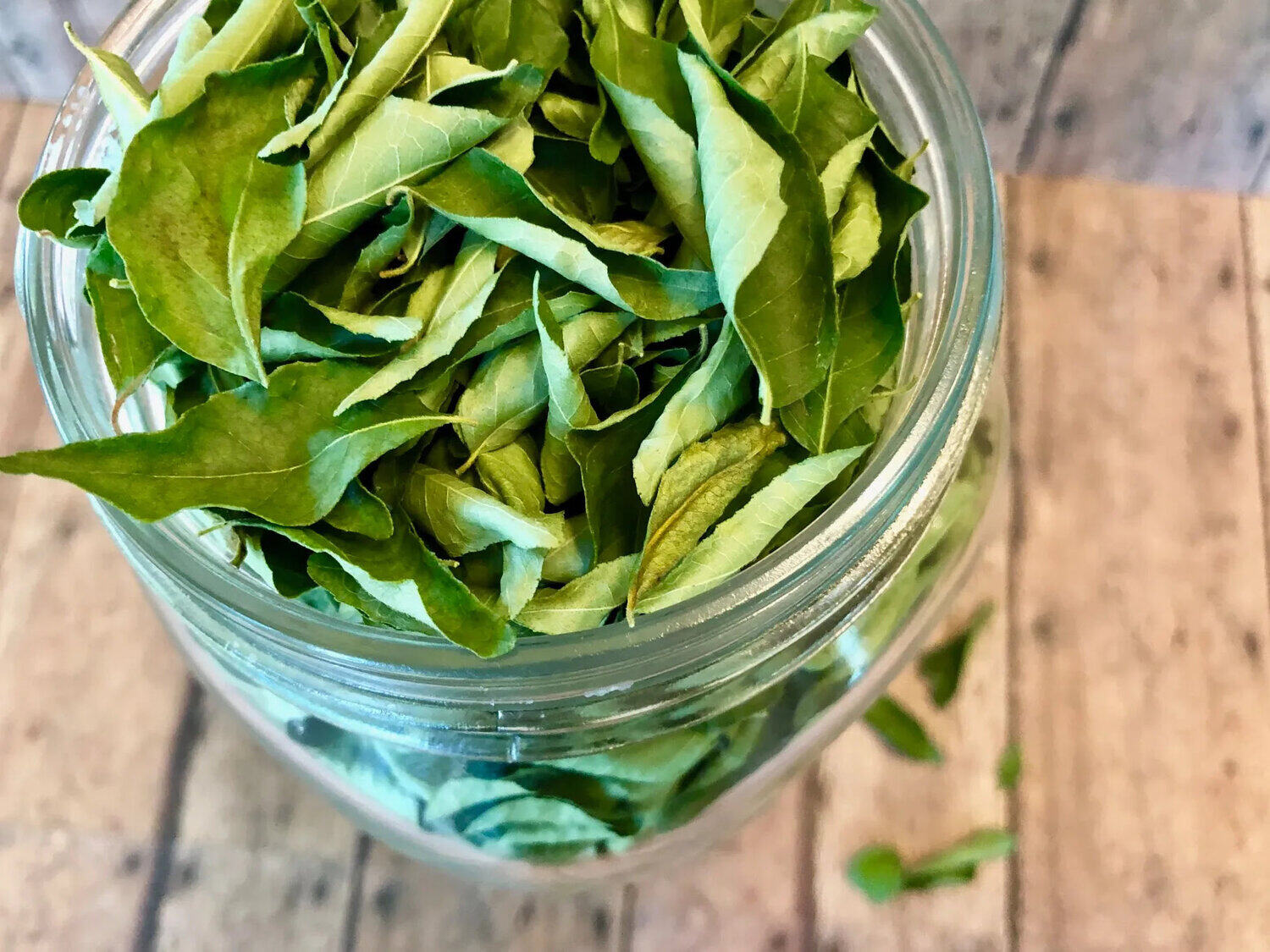
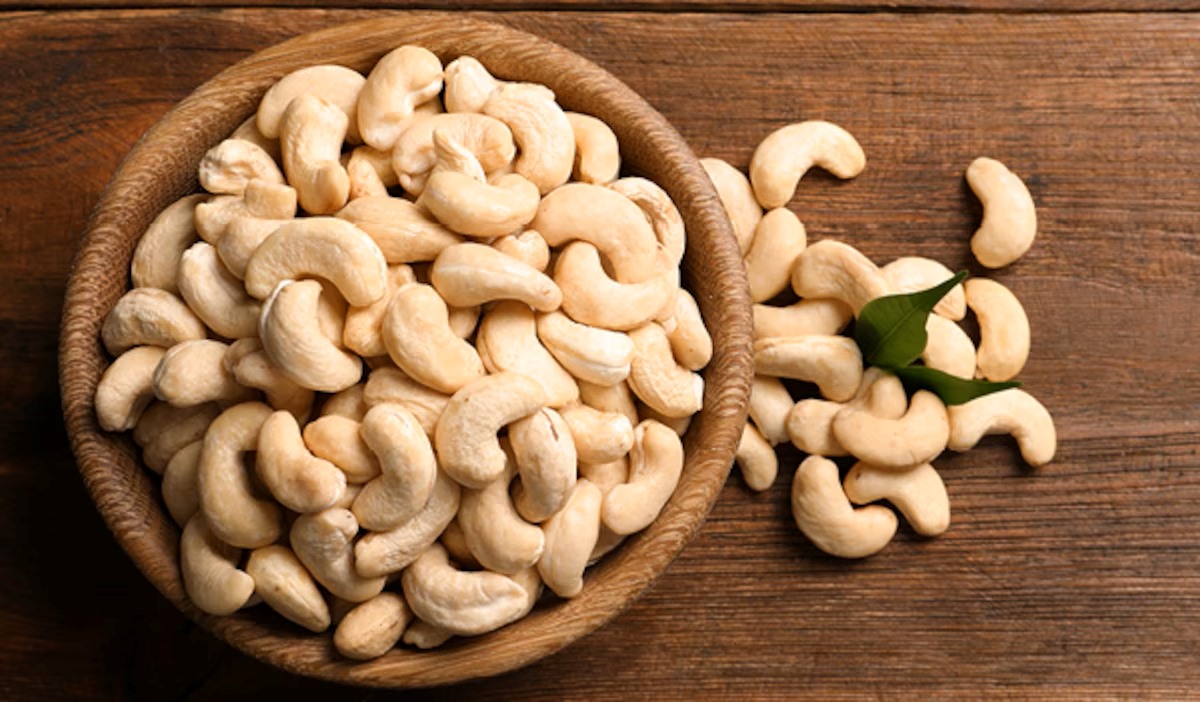
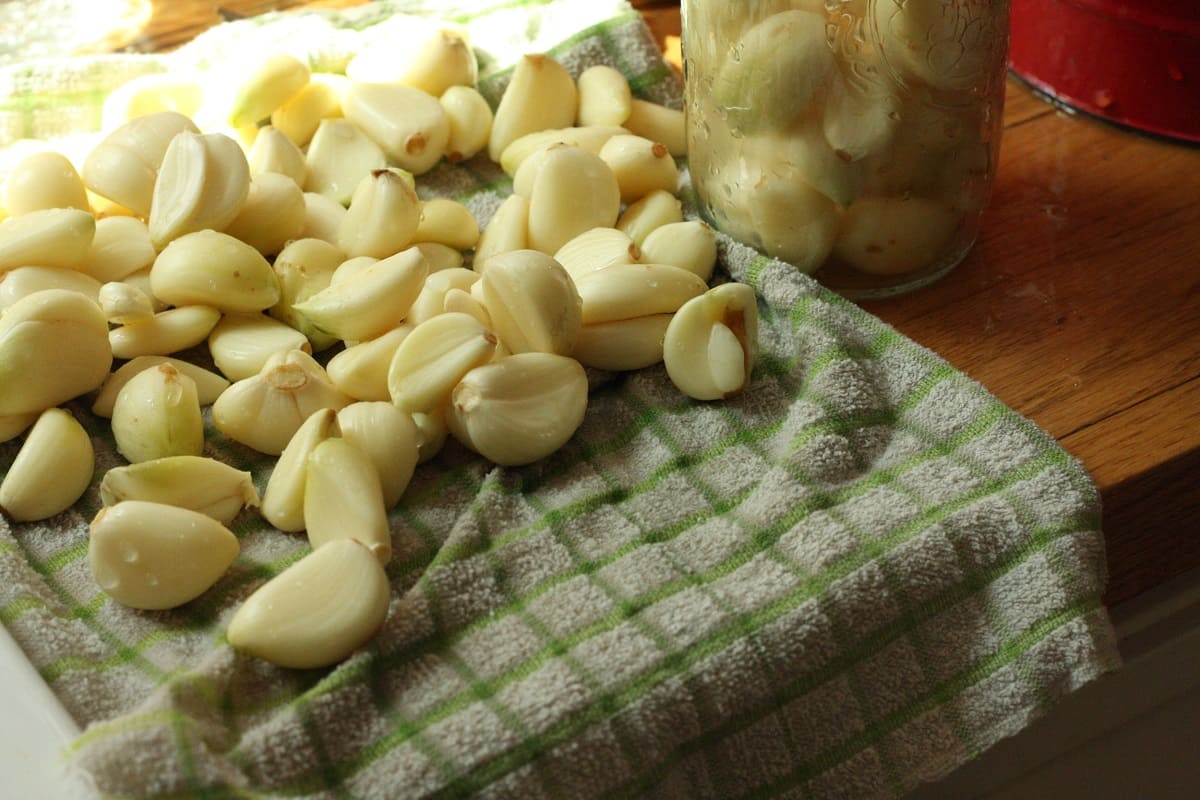
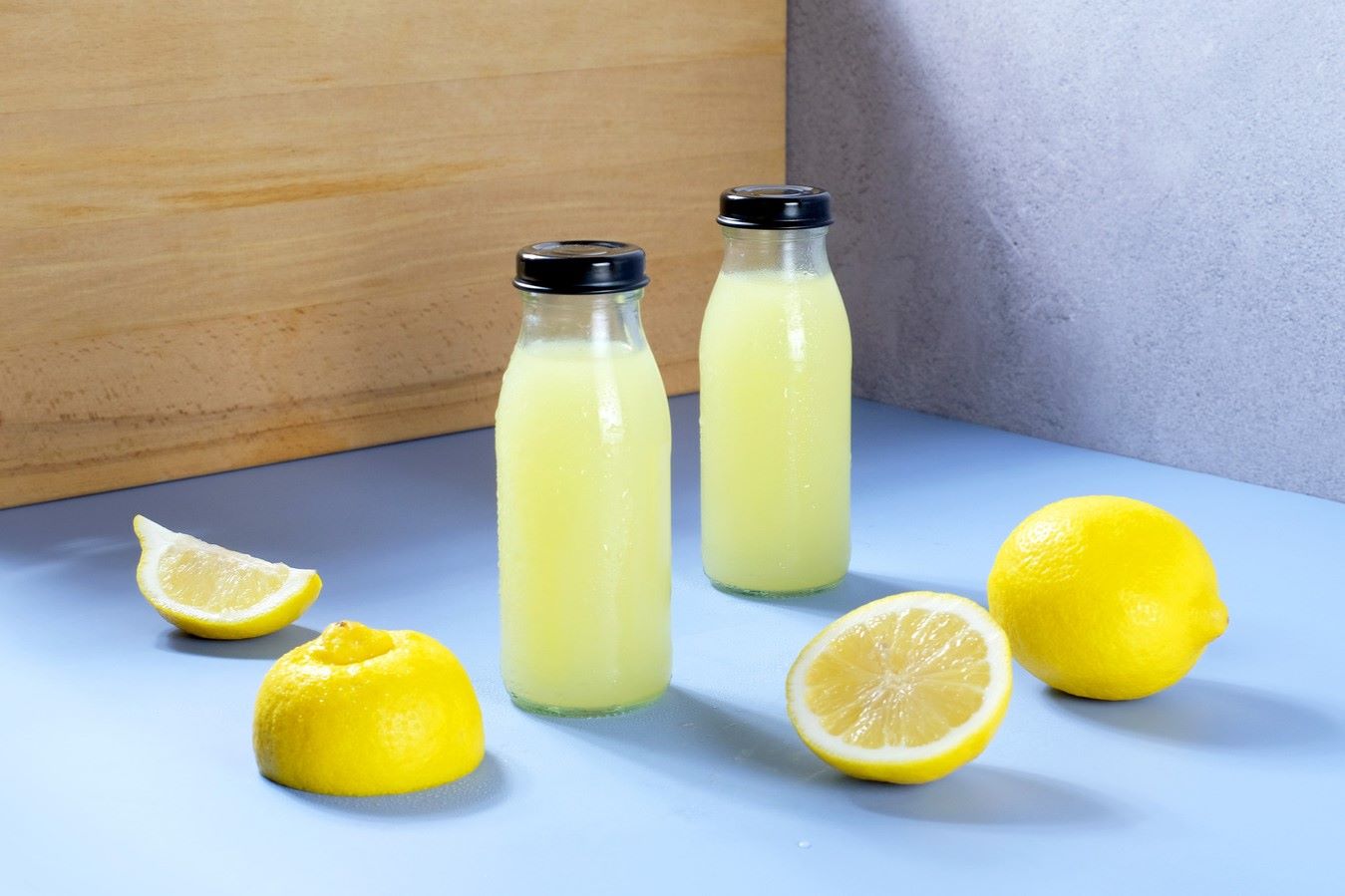

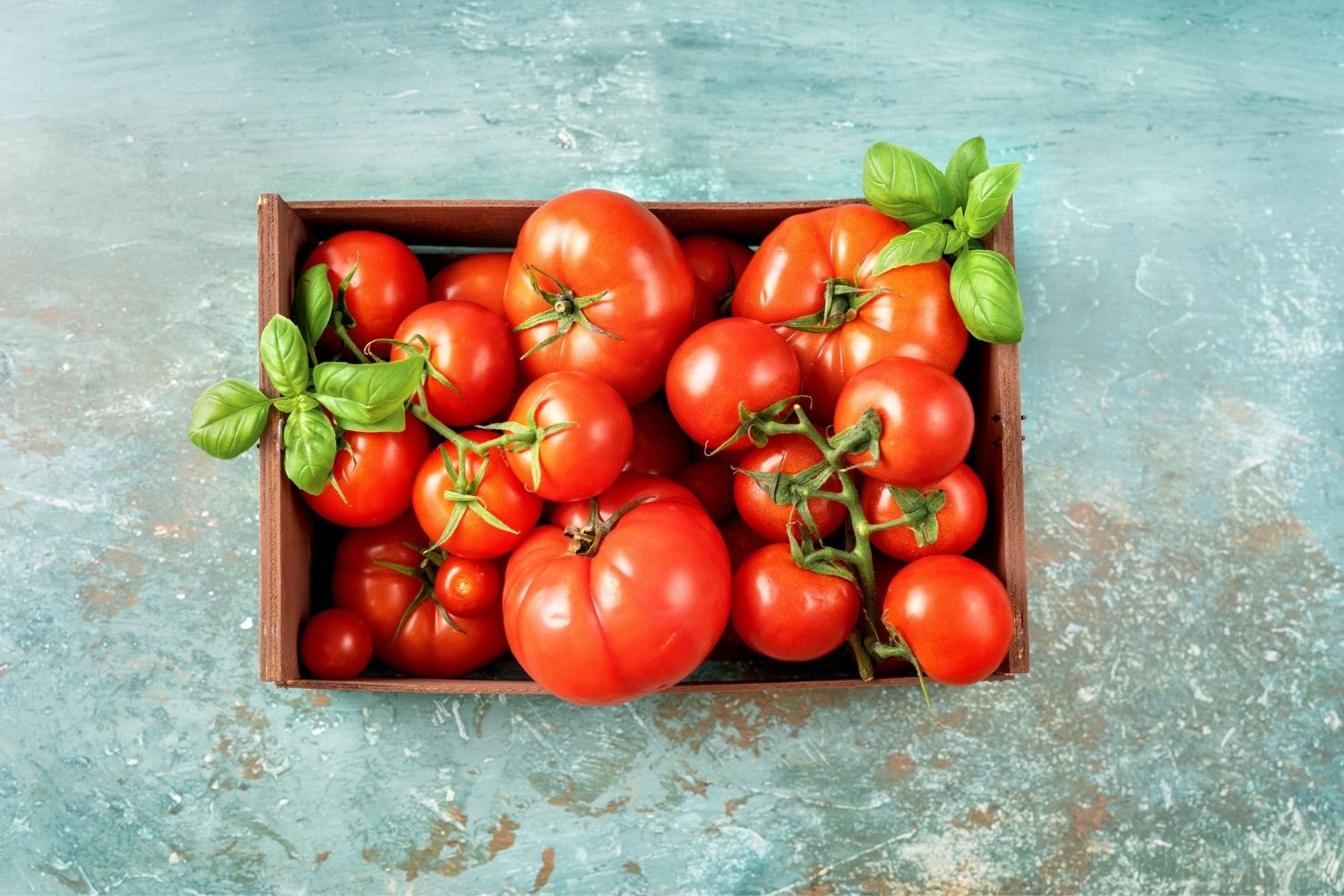
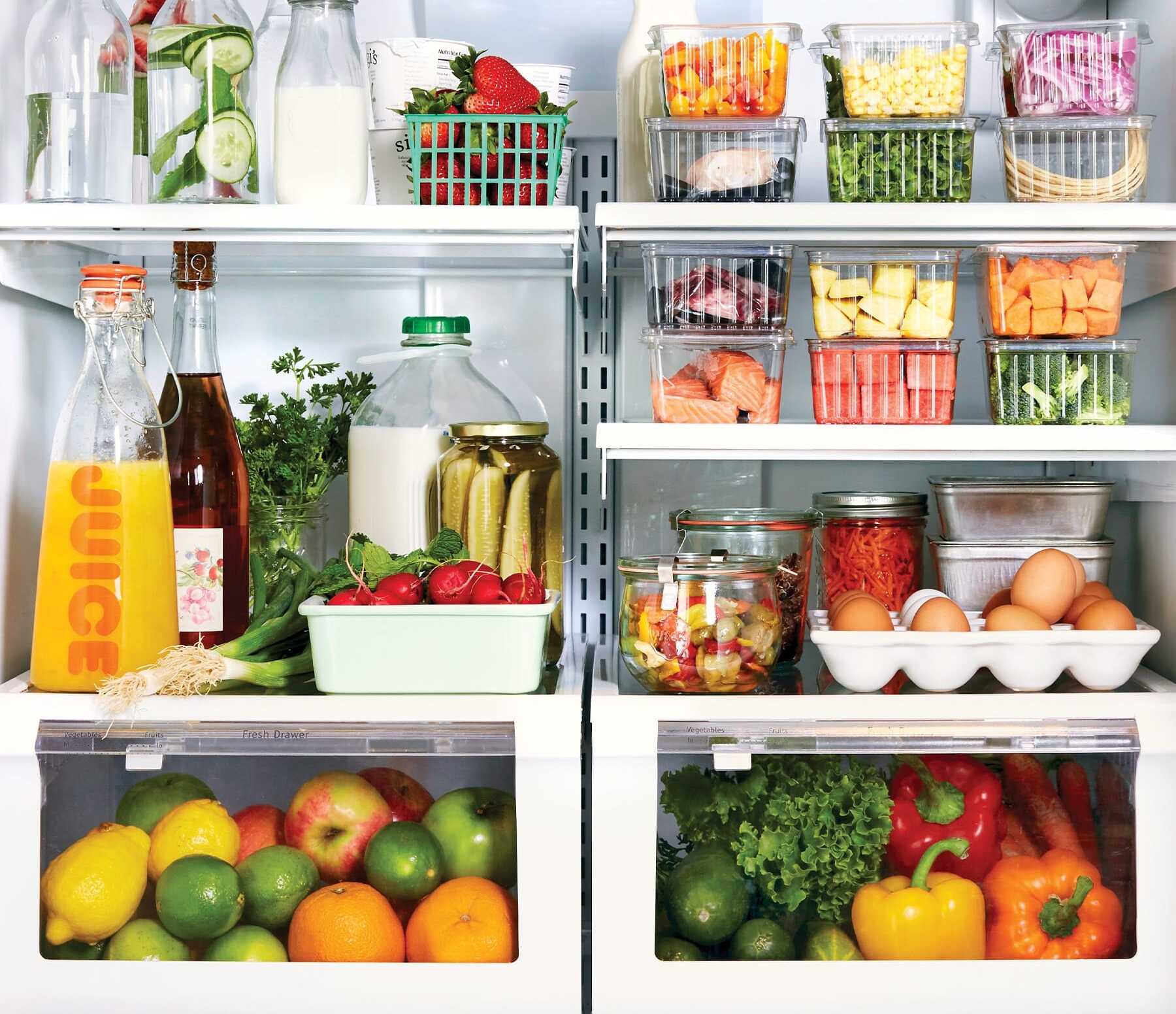

0 thoughts on “How To Store Water For Long Periods Of Time”